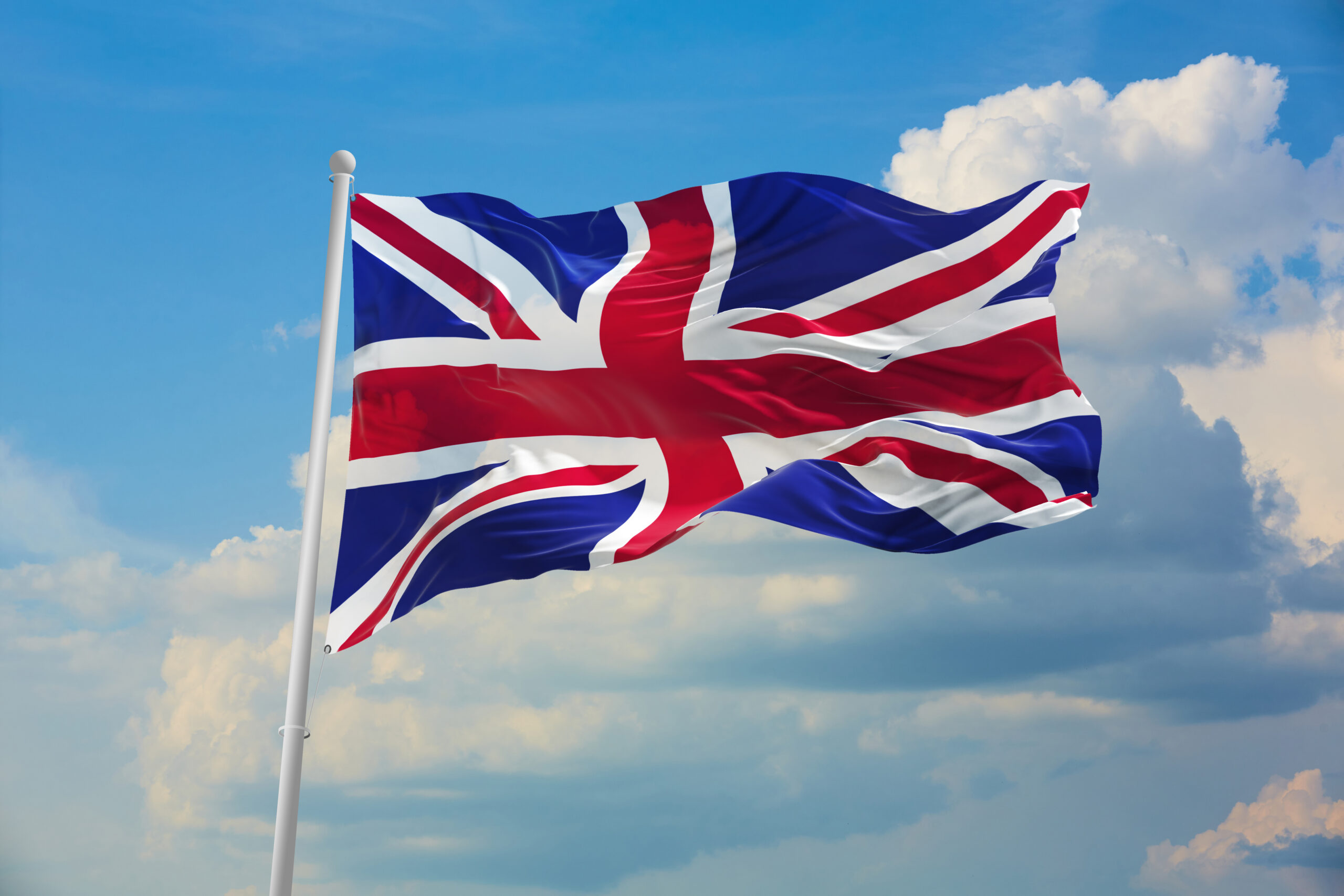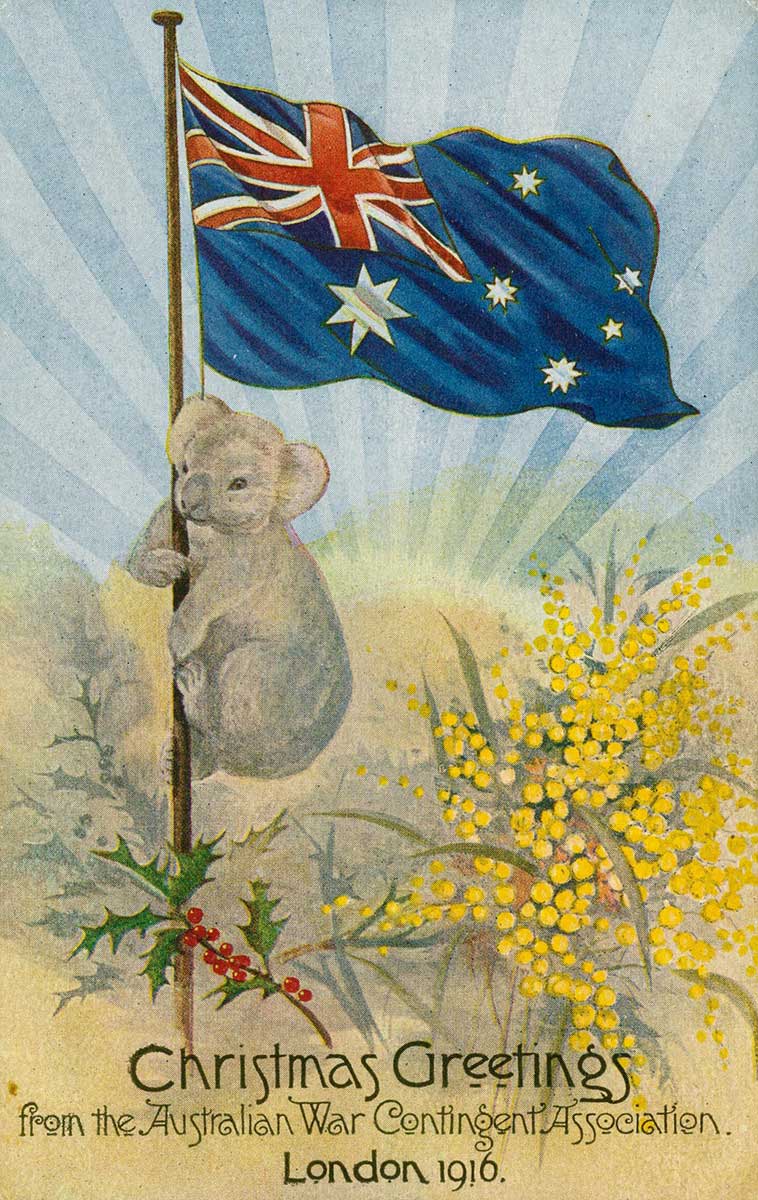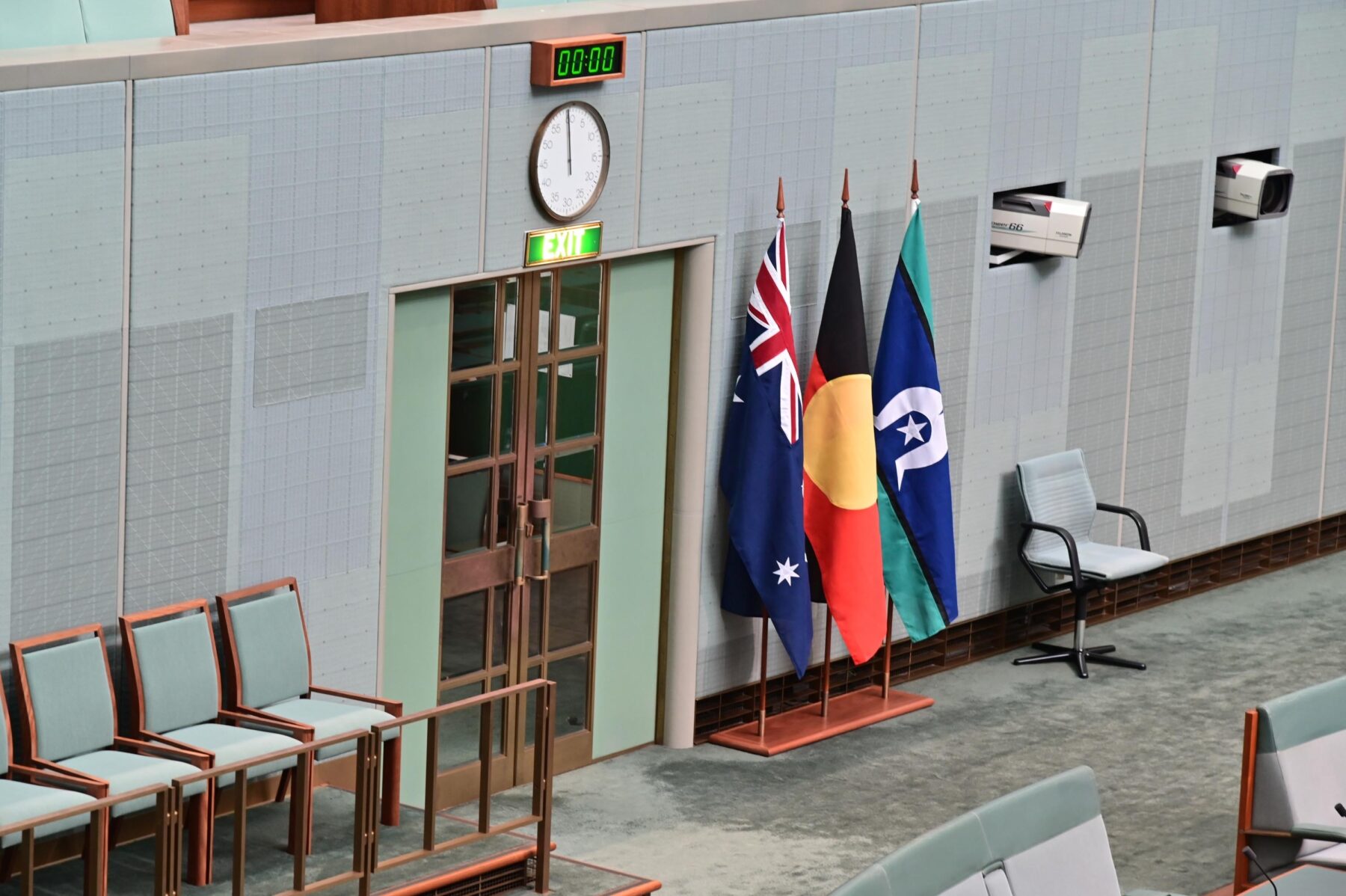Defining Moments in Australian History: The nation finally has its own flag

What’s now the Australian national flag was created soon after Federation in a competition run by the newly formed federal government in which nearly 33,000 people took part. For the next 50 years, however, Australia’s official flag remained the Union Jack – the flag of Britain – and this didn’t change until 1954 after the Flags Act came into effect.
The design, use and perception of a flag says much about the nation it represents. Some, such as the USA, treat their flag with great reverence. The Danes traditionally believe their flag was given to an ancient king directly by God.

Early responses to the Aussie flag were mixed. In its issue of 28 September 1901, The Bulletin magazine described the winning design in Australia’s national flag competition as “vulgar and ill-fitting”, proclaiming it to be a “staled réchauffé of the British flag, with no artistic virtue, no national significance”. It added that “Minds move slowly: and Australia is still Britain’s little boy. What more natural than that he should accept his father’s cut-down garments – lacking the power to protest, and only dimly realising his will. That bastard flag is a true symbol of the bastard state of Australian opinion.”
Before then, various options had emerged as potential Australian national flags, including: the National Colonial Flag, created in 1823–24 by captains John Nicholson and John Bingle; the flag very similar to our present national flag of the Australasian Anti-Transportation League, which sought to end convict transportation to Australia and New Zealand; the Murray River flag, popular since the 1850s, which is still in use on the Murray; the Eureka Flag, flown at the Eureka stockade in 1854, which was a white cross on a blue background; and the Lambing Flat banner, reminiscent of the Eureka flag, that was carried by European goldminers as they attacked their Chinese counterparts in 1861. All featured the Southern Cross, a constellation only visible from the Southern Hemisphere. And all but the Eureka flag included the Union Jack in the top-left quarter – the canton.

In the lead-up to Federation in 1901, Melbourne’s Herald newspaper and the journal Review of Reviews for Australasia held competitions to design a flag for the new quasi-independent nation. These competitions were ultimately amalgamated into the one managed by the new federal government, which offered more prize money. The competition stipulated that designs for two flags be provided – one for official use and one for merchant ships registered in Australia.
More than 32,800 submissions poured in, with results announced on 3 September 1901 at the Melbourne Exhibition Building where many of the submissions were displayed. The £200 prize money was divided between five people, all of whom submitted virtually identical designs for what is now the national flag but which was then called the Blue Ensign. This dark blue design included the Union Jack in the canton and beneath it the Federation Star with six points representing each of the states. The right-hand side, known as the fly, sported the five stars of the Southern Cross. The flag for merchant ships – the Red Ensign – was the same, except it had a red instead of a blue background. The flags reflected an Australia that saw itself as simultaneously distinct from Britain but very much affiliated with it.
In practice, the Blue Ensign was rarely used, due in part to the strong allegiance Australians felt to Britain, but also because the federal government did not advocate its public use. Instead it was designated for use only by the government, which in most cases flew the Union Jack anyway.

It wasn’t until the outbreak of World War I in 1914 that the Blue Ensign began to enjoy some popularity, appearing in pro-war propaganda posters and occasionally taken into battle. Between the wars, the use of the Union Jack, the Blue Ensign and the Red Ensign largely came down to personal preference. The Menzies government introduced the Flags Act 1953 to encourage public use of the Blue Ensign instead of the Union Jack and Red Ensign, with the latter only to be used on merchant ships. The Flags Act explains that the Blue Ensign is Australia’s national flag and defines its dimensions and the protocols around its use.
‘The nation finally has its own flag’ forms part of the National Museum of Australia’s Defining Moments in Australian History project.



